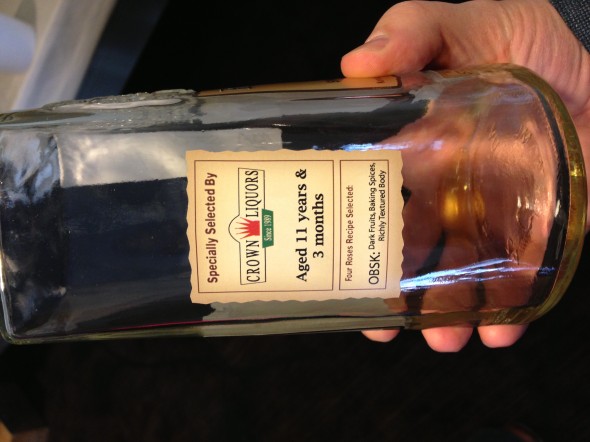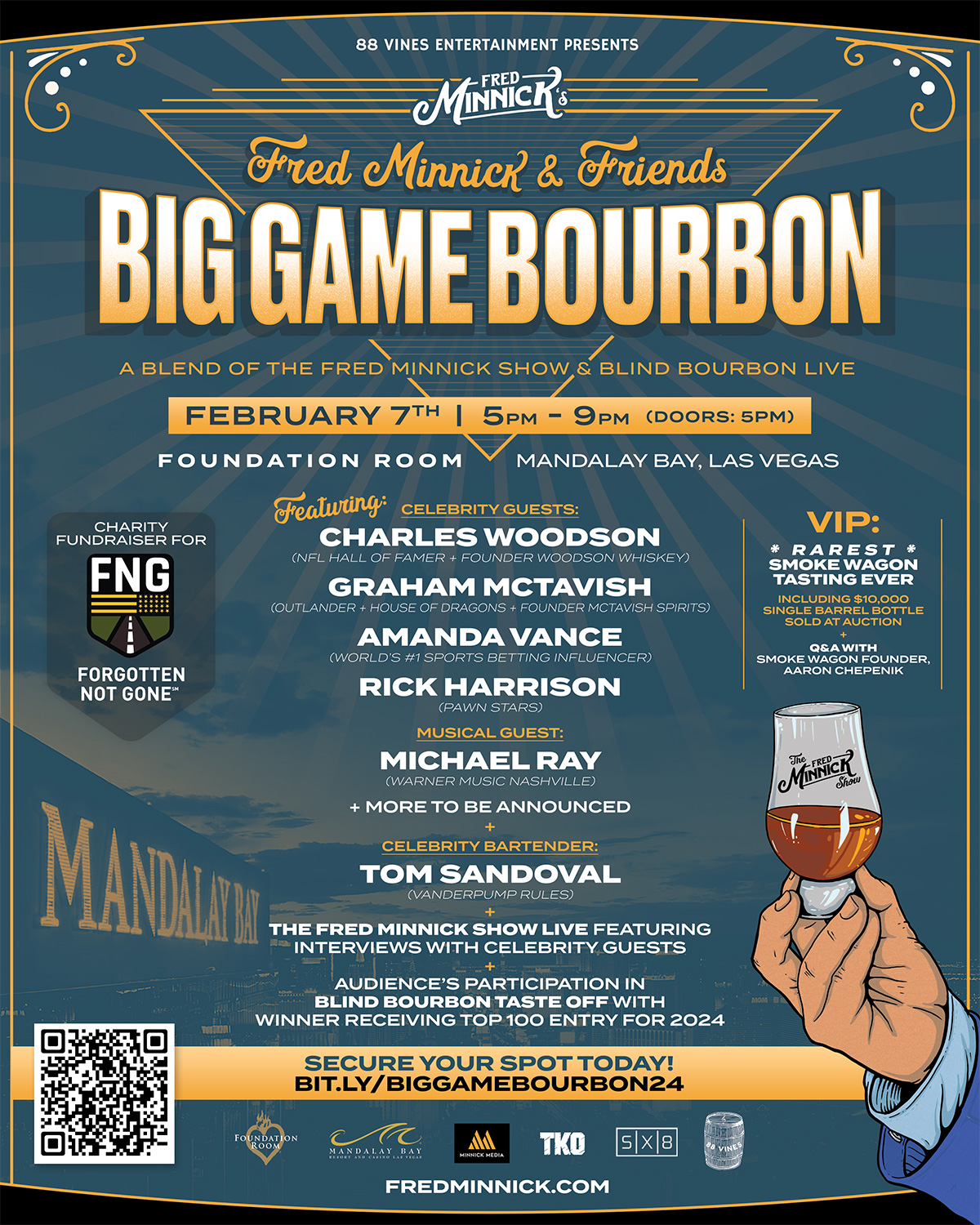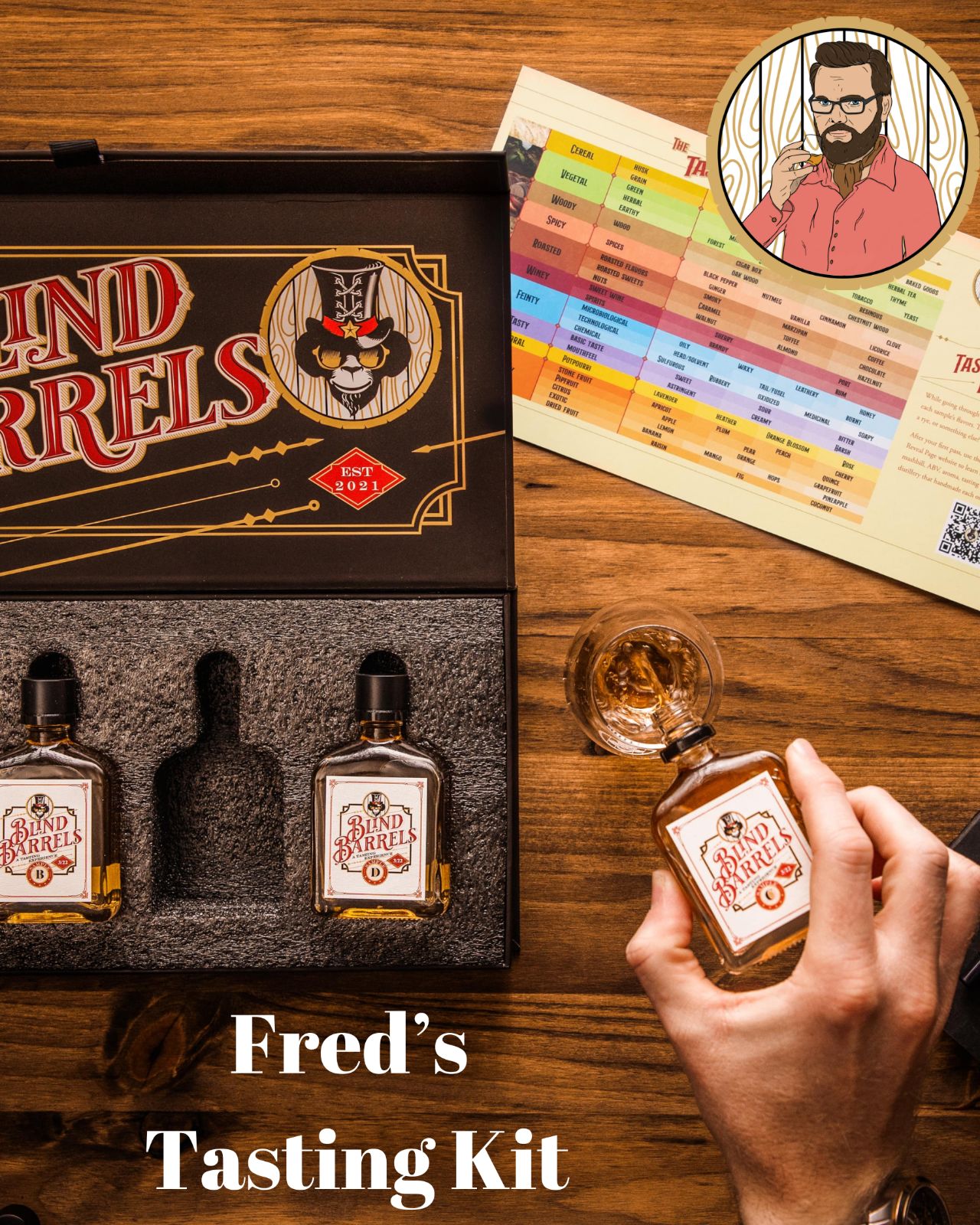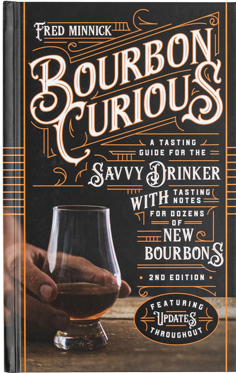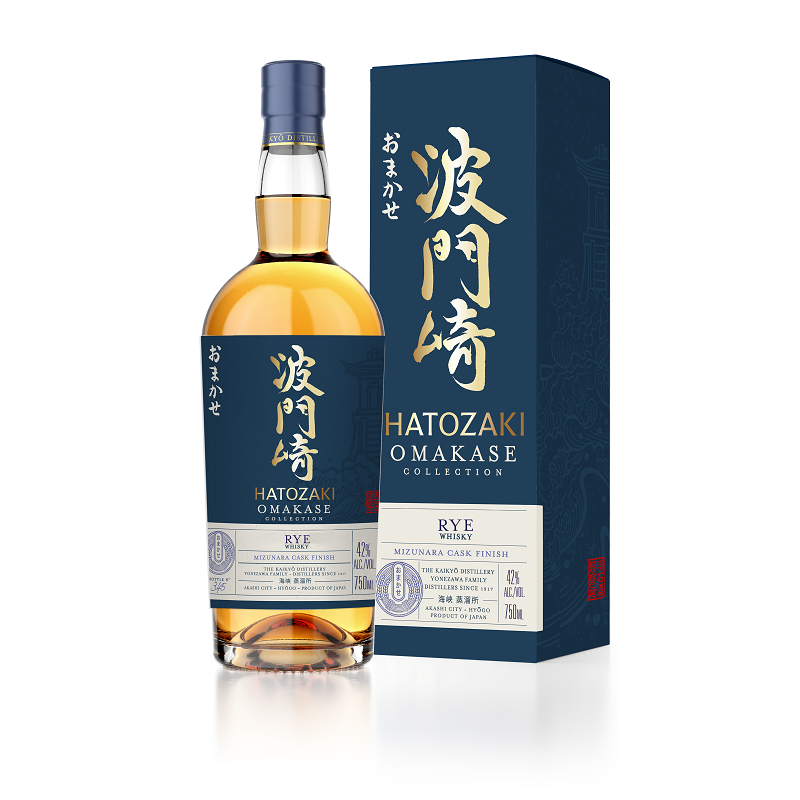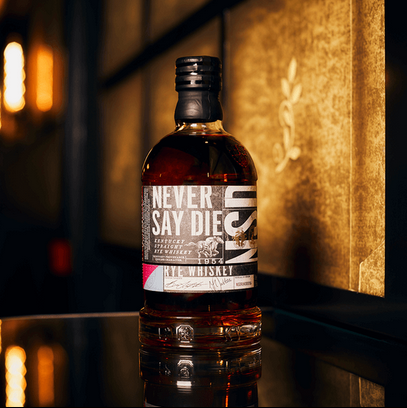Best Bourbon, Best Craft Whiskey: ’14 San Francisco World Spirits Competition
On the plane to San Francisco, I pondered the past year in bourbon and the trends that could impact my beloved category. We’ve seen age statements drop like flies and distilleries discontinue or slow down private barrel selection programs (that’s where a retailer, bar or consumer buys and bottles a barrel of bourbon they select). Were distilleries running out of good aged whiskey to bottle? Have they been following a private barrel selection strategy that has consumed their best barrels?
That’s what I wondered going into my second year as a judge on the San Francisco World Spirits Competition. (Read my notes from last year’s competition.)
I also wondered how the new rules would play out. Last year, I worked with the competition to develop new categories, ensuring the bourbons finished in special barrels had their own class and that bourbons under 5 years old didn’t have to compete against older bourbons in the early rounds. But most importantly, I was adamant that craft whiskey meant craft distiller whiskey. See, in years past, many independent bottlers were entering sourced whiskey into the craft category. There’s nothing wrong with their bottling sourced whiskey, but it’s not fair to a true craft distiller to compete against a 7-year-old bourbon that originated from Heaven Hill or the MGP distillery in Lawrenceburg, Indiana. This is a major issue in whiskey right now, and I didn’t want the world’s best spirits competition to fall victim.
How the competition works
The San Francisco World Spirits Competition includes the best palates in the world. We taste blind, meaning we are given a glass and told the proof, category and class. If it’s aged, the category description gives us an indication of the age, such as the Single Barrel Bourbon 11-years and older. If the competition were double blind, we would know nothing about the spirit.
Most spirits competitions give at least the proof and category of what you’re tasting, mostly so you can know how to judge it. For example, in the vodka rounds, I tasted two “grain” vodkas that matched the profile of Arak Razzouk, a Lebanese grape spirit with aniseed. Because I know grain vodkas should not taste like anise, I did not medal the vodka. They did not represent the category.
Speaking of medals, here’s my personal scoring philosophy that most judges follow in principle.
No medal – Does not represent the category.
Bronze – Is categorically correct with no off-putting flavors.
Silver – Good.
Gold – Very good.
Double Gold – Excellent.
Best of class, e.g., Best Small Batch Bourbon – Stellar and the flavor profile sets the standard for the respective class.
Best of Category, e.g., Best Bourbon – In a class of its own with off-the-charts complexities.
Best of the Spirit, e.g., Best Whisky – a Once in a Lifetime Kind of Product.
At the panel level—composed of three to five people—we decide the medals. In order to receive Double Gold, all panelists must individually give the spirit a gold. If it’s a Double Gold, we choose to send it onto Sweepstakes, where it will compete with other panels’ Double Golds in the category.
At the panel level, I judged vodkas, Reposado tequilas, white rums, Island single malts, Islay single malts, Canadian whiskies, flavored whiskies, flavored vodkas, craft whiskey and almost every bourbon category. On the final day, like the other judges, I had a vote for the “best” in every spirit category.
Although I tasted flavored vodkas that made me realize my negative opinions of them were a little harsh and an apple vodka (not flavored but distilled from apples. I later learned its called Soft Tail Vodka) that rocked my world, I’ll get straight to the whiskey.
Craft Distillery Whiskey
I tasted 15 craft distiller whiskies, and my panel captain Steve Beal and I both had a concern with two of the whiskies. One tasted mainstream bourbon and actually tasted quite like a certain Indiana distillery known for selling whiskey to craft distillers.
We scored the whiskey and objected to the two in question, requesting to see the bottle at the end of the day to ensure they were indeed craft. One was legit and the one I wondered was “Indiana” juice was sure enough not craft. It was immediately moved into another category.
Other than this small bump and a couple over-woody, ultra grain-forward craft whiskies, this new category was a hit, with every whiskey giving its own uniqueness. They were delicious and complete, indicating the craft distillers have finally made it.
Another panel had a great round of Craft Whiskey, too, and I tasted a special whiskey from another panel in the Super Taste Off round. It was complex with notes of citrus, chocolate, leather, coffee and pear. It stood out with a strong chance of stealing a few votes for Best Whisky. If it won, this would stand to be one of the greatest upsets in whiskey history.
Bourbon
As I tasted the bourbons, my heart broke a little. Yes, there were some Golds, even Double Golds, but I kept looking for that special bourbon in my flights of Straight Bourbon, Small Batch up to 5 years, Small Batch Bourbon 11-years and Older and Special Barrel-Finished Bourbon. In the panel round, I tasted more than 40 bourbons and while there were some excellent whiskies that warranted the high medals, they did not come close to last year’s crop.
Perhaps my expectations were too high, and my palate has enjoyed too many 1980s-era Stitzel-Weller bourbons and 1970s-era National Distiller brands. Or perhaps my theory was right. Have the bourbon distillers been giving away too many barrels?
And then, in a super taste off, I tasted the only bourbon classes I had yet to taste—Single Barrel—and there was a beautiful Single Barrel 11-years and older that jumped out and stood so far above the others it wasn’t even fair. The whiskey was layered in caramel, vanilla, spice, canned fruits, spice, juicy watermelon, and did I mention spice?
Unlike many higher rye bourbons—which I assumed this was—the spice fit nicely within the pockets of the other notes, never overpowering the vanilla, and always complementing the whiskey. This bad boy was complex. Who’s was it? Where did it come from?
I couldn’t wait to know more.
Fight for Best Whisky
When we gather for the final voting, it’s kind of a sad day. The San Francisco World Spirits Competition is a fraternity, a family of sorts, of drinks professionals. Since I work for myself, it’s nice to have this camaraderie with so many great people. Of course, we eat and drink like kings, so that doesn’t hurt.
We tasted and voted on every category, and early on there were major upsets. A Pisco won best “Unaged White Spirit,” the first time Pisco had won this award, and a silver tequila beat Reposado, Anejo and extra-aged Anejo for best tequila. I personally did not see how anybody could vote against the beautiful extra-aged Anejo. But, there was a sense of upset in the room.
We narrowed down the field of whiskies, selecting Best Bourbon—the single barrel I loved—Best Blended, Best Irish Whiskey, Best Single Malt and so on. Now for the Best Whisky Vote.
“For Best Whisky, raise your hand for craft distiller whiskey,” said the competition chairman Anthony Dias Blue. (Side note, you can vote for as many as you want, but most people only vote once or twice. This makes it easier when you love two products.)
In the corner, an entire table rose their hands for the craft distiller whiskey and were joined with a hand here and a hand there. I could not believe this; the craft distillery whiskey was carrying the majority of the room. There were 23 votes out of 41 judges for the craft distiller whiskey.
“For Best Whisky, raise your hand for Best Bourbon.”
I saw hands going up all across the room. Was bourbon about to win Best Whisky? As I pondered in disbelief with seemingly the entire room’s hand in the air, I wondered why whole damn room was staring at me. Then, somebody said, “Fred, uh, you’re not voting for bourbon?”
Oops. I raised my hand and helped bourbon earn 25 votes.
Canadian whiskey didn’t earn a single vote, while Blended Whisky and Irish Whiskey received far fewer than bourbon and Craft. Then, came the big boy, a Single Malt Scotch with complexities oozing out of the glass. Like Bourbon and Craft, the Single Malt was beloved by many, but not by all. This was going to be close, and the organizers double counted to make sure.
It edged bourbon by two votes.
Behind the Curtain
Within 20 minutes of the competition’s completion, we’re allowed to see the winners. The craft whiskey winner was Balcones Single Malt. No surprise there; Chip Tate is an excellent distiller and is the future of American whiskey.
But, what was behind the bourbon curtain proved my barrel-selection single barrel theory correct and shocked me at the same time.
The best bourbon, the lovely Single Barrel over 11-years-old full of spices, was Four Roses Single Barrel, the OBSK recipe, “specially selected by Crown Liquors” in Indianapolis, Indiana.
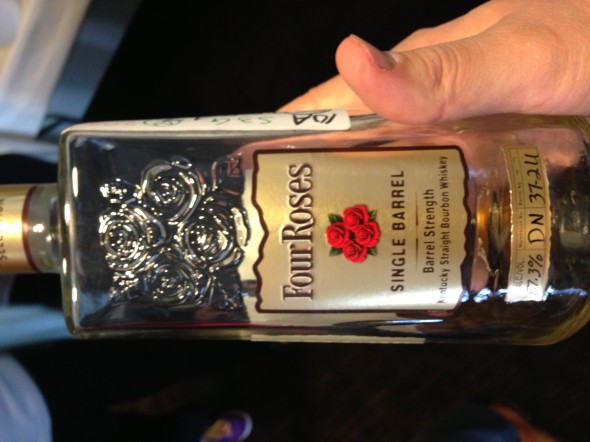
So, the winner of the San Francisco World Spirits Competition’s Best Bourbon was not even submitted by a distiller. The competition allows this as long as the whiskey is commercially available.
Perplexed, amazed, shocked, I had to find out why Crown Liquors submitted this whiskey.
“Over the past 6 months or so since we picked the barrel, I’ve actually come to enjoy our OESK selection more than the OBSK. However, I don’t think it would have stood out as much in competition because it doesn’t have as much rye,” says Ben Pearson, Crown Liquors whiskey specialist.
His point about the rye is likely why the spice didn’t override the whiskey and allowed the other notes to pop.
“Often if I am having a night where my palate feels fatigued I find myself going to that OBSK, and discovering my senses reinvigorated. It is rare to find a whiskey that can awaken your senses in the way that this one does,” Pearson adds. “Still, I find more often I am going to our younger higher proof OESK that has a nice candied corn quality that I am just in love with.”
I’m glad Crown Liquors decided to enter its private selection, as it was a standout overall bourbon winner. But, it does concern me that the bourbon category might be in trouble. If distillers are selling their best barrels to retail accounts, what does that say for the whiskey they’re bottling?
Ah, hell, why do I have to analyze everything?
“What continues to amaze me about bourbon is just how unique every barrel is. It’s really cool to be able to offer the actual barrel that won the San Francisco World Spirits competition to our customers,” Pearson says.
Sign me up for a case, please.


